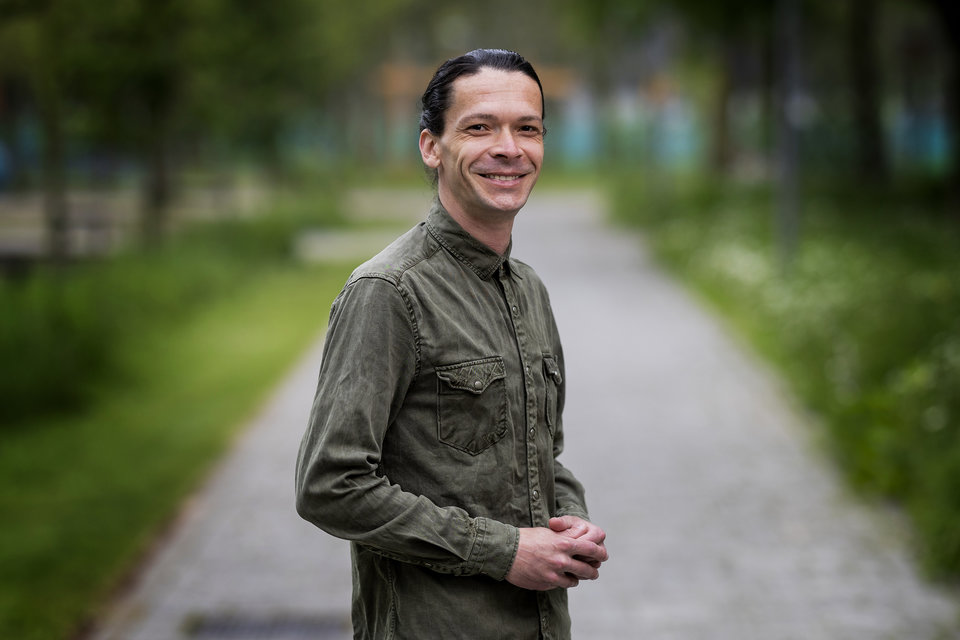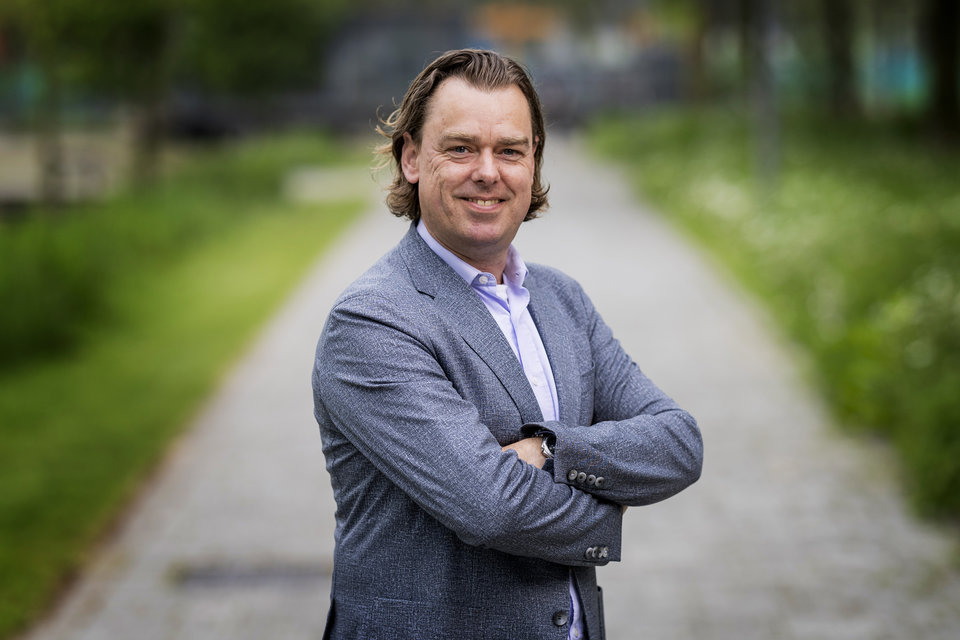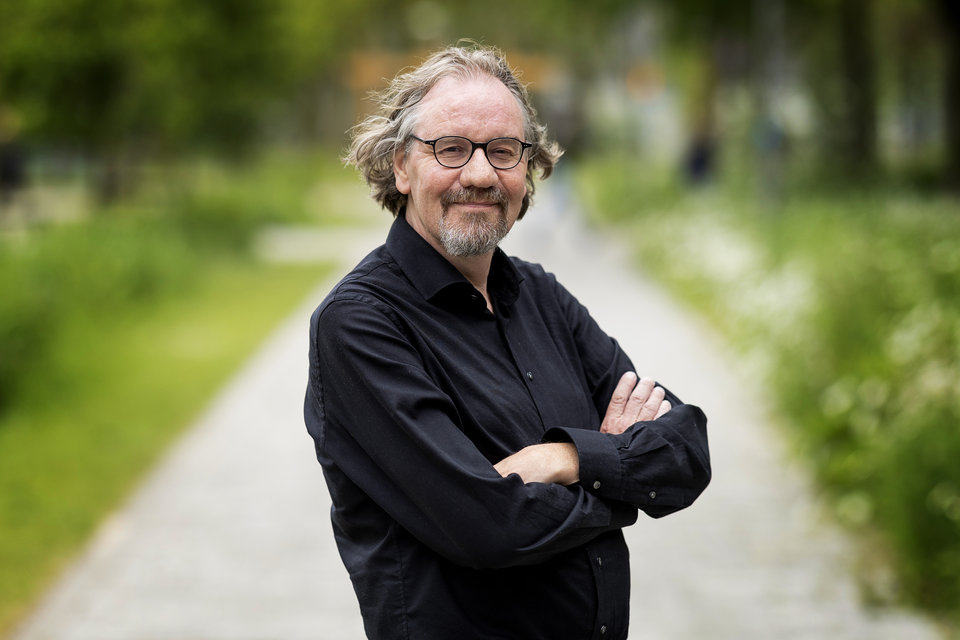Improving Sustainability of Regional Railway Services
Regional non-electrified railways in Europe are facing significant challenges to improve energy efficiency and reduce greenhouse gas (GHG) emissions. In addition to GHG emission regulations, companies are also imposing voluntary emission reduction targets, not only because of corporate responsibility, but also in an attempt to improve their market share, company image, and value. Featured with low transport demand compared to the main corridors, complete electrification of regional lines is often not economically viable. Therefore, solutions are being sought in alternative energy carriers and advanced catenary-free propulsion systems.
The transition from conventional diesel traction is a complex and context-specific dynamic decision-making process that requires involvement of multiple stakeholders and consideration of numerous aspects. It requires in-depth analyses that include identification of available technology, design, modelling, and assessment of potential alternatives, with respect to the particular case-related constraints imposed by infrastructure, technical and operational characteristics (e.g., track geometry, speed, and axle load limitations, maintaining existing timetables, noise-free and emission-free operation in stations, etc.). By accounting all aforementioned aspects, the overarching aim of this project is to identify and assess potential solutions in reducing the overall (Well-to-Wheel) energy use and GHG emissions from the operation of regional trains, focussing primarily on synergetic adoption of alternative propulsion systems and energy carriers.
The project is performed in close cooperation with Arriva, the largest regional railway undertaking in the Netherlands, and runs from 2018 to 2022. Focussing on the case study of the Dutch Northern lines, the outcomes of this project will be leveraged by the railway undertaking and decision-makers in the complex transition process towards energy-efficient and low or zero-emission trains operation.
Click here for a short video explainging the project and the main results
Klik hier voor een korte video over het project en de resultaten (in Dutch)






